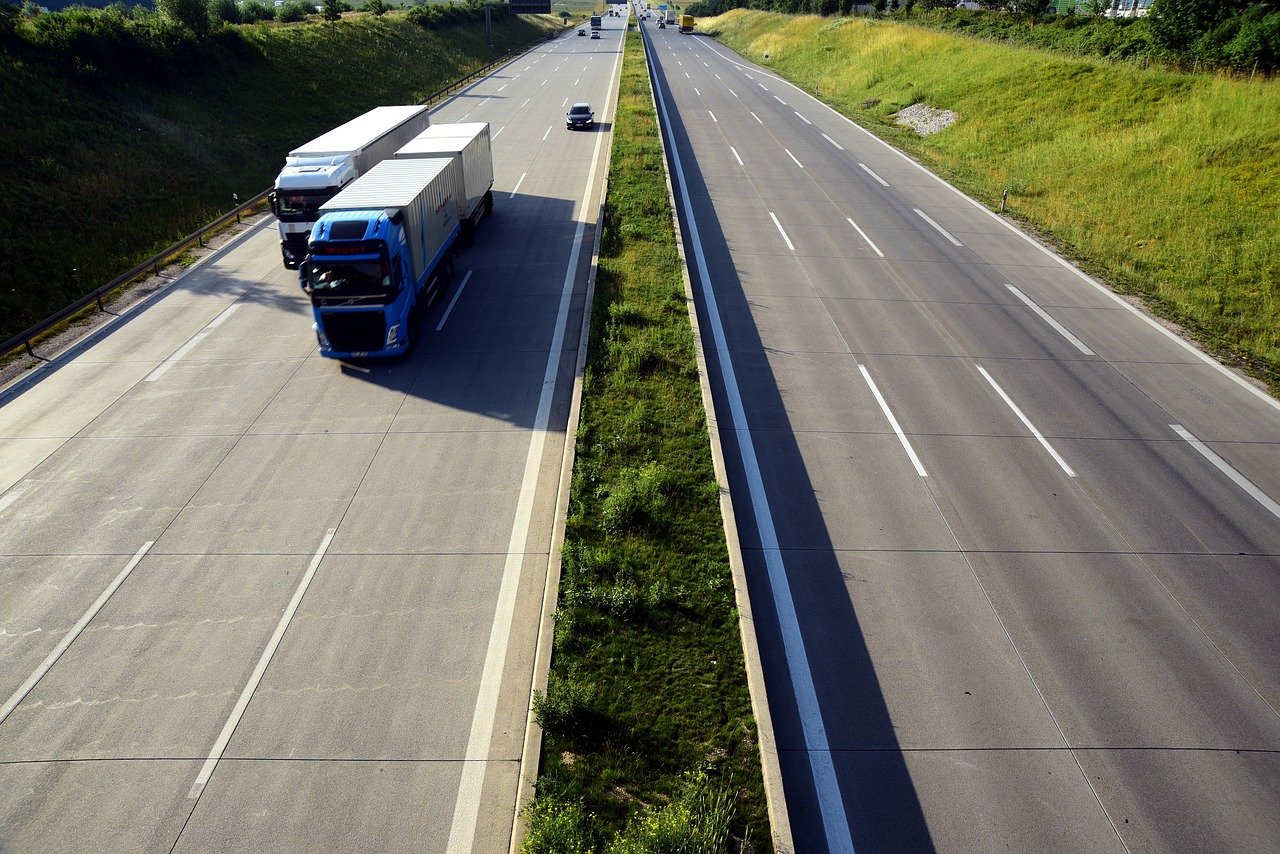In the transportation industry, driver autonomy was an expectation in past years. How a driver arrived at their destination was much less important than arriving on time and safely. However, giving drivers leeway to choose their own route, operating hours, and the responsibility to maintain their cargo and vehicle often led to waste in various forms.
Fleet management solutions aim to monitor and control every aspect of the journey. Drivers might think that fleet tracking systems are an intrusion, but they’re in place to protect the company’s interests including their human capital, their fleet vehicles, and the clients they serve. These five areas are key in fleet app development.
Enhanced safety
As an employer, companies that operate fleets are tasked with providing their drivers with the tools to operate safely. Where that used to be blind trust, hoping and assuming that a driver was obeying traffic laws, fleets are now able to monitor driver behavior to ensure safety compliance. That may include re-education for those found to be checking their smartphone while at the wheel, captured by a system like SmartSense by Omnitracs, or suggestions to take a break when fatigue is detected.
Safety is also vehicle-related obviously. Star automotive services works together with providers to develop fleet tracking management software to ensure preventative maintenance is performed, and real-time diagnostics can find safety-related problems before they become failures.
Precise billing
In an era where pay-per-mile is increasingly popular, fleet managers must know exactly how much to bill clients with proof available if requested. Disputes can arise surrounding route length and efficiency, and accurate tracking provides the supporting documentation at a click to bill clients. No more, no less. It’s accomplished in some of the most simple means, as far as tracking goes, with options like
Wasted time is reduced
Drivers are often familiar with their routes. However, variables like a collision or construction can interfere with a common route and delay delivery or arrival times. That’s not only frustrating for the driver but for the client who may be waiting with a limited window of availability. Time wasted in traffic or on a driver’s chosen yet less efficient route is wasteful. Tracking solutions are among the most common fleet application development trends and are customizable through many of the providers. Dispatchers can watch where drivers are and update their GPS routes remotely and in real time, and even clients can be provided access to see where their delivery is.
Predictable fleet maintenance costs
Unscheduled maintenance and unpredictable breakdowns are a massive burden on fleets. First, downtime for vehicles accumulates added costs to get back on schedule. Then, there’s the additional cost of repairs that could’ve been avoided if maintenance had been done on time. Fleet managers can predict when maintenance is due along with routine repairs like brake and tire replacements, all due to tracking abilities. Webfleet, for example, employs telematics to monitor maintenance updates and alerts by tracking mileage according to GPS position.
Accurate cargo handling
Will the reefer filled with lettuce arrive at the warehouse in perfect condition? Temperature control is relatively stable for refrigerated containers but how will you identify if a condenser freezes up? A ruined load of produce or meats leaves a bad taste in any dispatcher’s mouth. Developers like Samsara integrate fleet management technologies that can not only monitor and alarm if a load’s in danger due to high or low temperatures, but it can send the driver or dispatcher a message if the trailer door has been opened by an unauthorized person.
Fleets are intended to earn companies an income, not cost them in lost productivity. Fleet tracking applications like those developed in partnership with Star company aim to help business owners and managers stay cutting edge, save money, and improve safety and efficiency.







